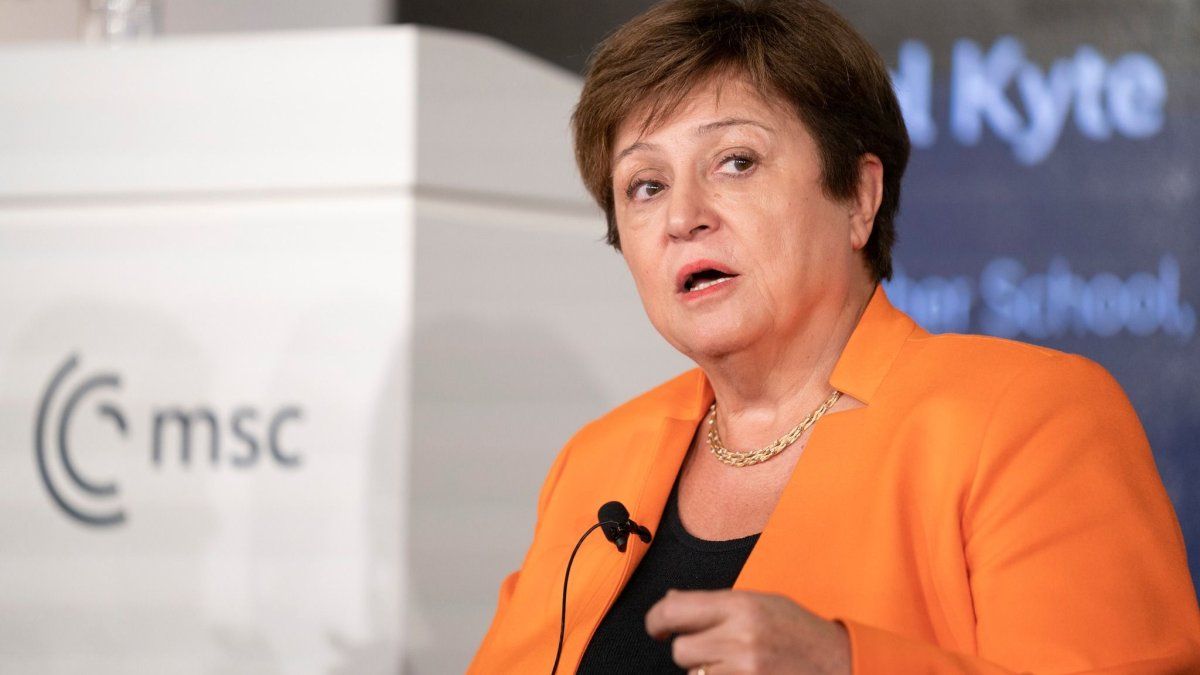BCRA data show that although the entry of funds from abroad, from safe deposit boxes or from mattresses to the local system, continued, they returned to the level of the first quarter. The outflows linked to money laundering reduced the banks’ General Exchange Position.
For the second consecutive month, in November past the so-called net formation of external assets of people and non-financial companies (FAE), although it showed a positive balance, that is to say that the private sector continued to repatriate capital or dispose of holdings outside the local system, was the lowest since May of last year, returning to the average levels of the first four months. The latest official data from the Central Bank (BCRA) indicate that The FAE for November 2024 was a surplus of just 115 million dollars, after having been recording months of the order of US$500 million on average. It is noted that the attractiveness of the “carry trade” was waning and so was the impact of money laundering.
The content you want to access is exclusive to subscribers.
Anyway, in The cumulative balance for the first eleven months of the year is clearly positive since the FAE shows a surplus of US$2,132 million, the largest in the entire series since it was published by the BCRA at the beginning of 2003. There were only two years in which Argentines and resident companies repatriated capital, it was in 2005 and 2013 for US$1,161 million and US$443 million, respectively. The rest of the years there was hoarding or leakage.


In relation to the November numbers, what is observed is that net sales of tickets continued to grow, totaling US$124 million, which on average corresponded to 80% to companies and the rest to individuals or families.. This positive flow was marginally offset by net foreign exchange expenditures of US$9 million, which are basically expenditures of local funds to foreign accounts in foreign currency, which in the jargon are called “swaps.” These net expenditures were explained by the net expenditures of individuals and families for US$51 million, which were partially offset by the net income of the Real Sector for US$30 million, of Institutional Investors for US$11 million, and of the Oilseeds and Oils sector. Cereals for US$1 million.
For its part, Direct investments by non-residents in the non-financial private sector recorded net income through the exchange market for US$45 million.
Contribution to the Exchange Balance
The FAE surplus thus collaborated with the surplus result of the financial account of the Non-Financial Private Sector of the BCRA Exchange Balance, which was US$597 million in November. “This result was made up of the net granting of local financial loans for US$614 million, the net income from foreign financial debts and debt securities for US$447 million, from foreign assets for US$115 million (fundamentally “swaps” ) and the net income from foreign direct investment for US$45 million, which were partially offset by the records of exchange operations for net transfers abroad for US$414 million, by the cancellations of balances in foreign currency with local entities for the use of cards with non-resident suppliers for US$163 million, for non-resident portfolio investment expenses for US$28 million and for the net cancellation of loans from international organizations for US$ s24 million”, explains the BCRA.
Regarding the financial system, The operations of the financial exchange account of the Financial Sector resulted in a surplus of US$4,201 millionmainly due to “the drop of US$4,180 million in the holding of banknotes in foreign currency of the entities that make up the General Exchange Position (PGC), as a consequence of the partial withdrawal of funds raised in the months prior to through the Regime for the Regularization of Assets of the private sector once the minimum required permanence period has been met and the deposit of the entities in their current accounts in the BCRA on their part,” the BCRA points out. In turn, There were net income from financial loans, lines of credit and other credits for US$66 million, movements partially offset by the net subscription of securities in foreign currency for US$45 million.
The result in financial institutions
This way The entities ended November with a PGC stock of US$13,883 million, which meant a drop of 23% compared to the end of the previous month. The result was explained by the decrease in the holding of banknotes for US$3,891 million and in the holding of foreign currency for US$289 million. The data show that the holding of banknotes in foreign currency thus totaled US$11,265 million at the end of the month, a stock that represented 81% of the total of the PGC and that is kept by the entities to attend to the movements of local deposits in foreign currency and the needs of the exchange market.
For its part, The group of entities closed November with a forward sold position in foreign currency for US$852 million, reducing their sold position compared to the close of the previous month by about US$26 million. During November, the entities bought US$348 million in institutionalized markets and sold US$322 million directly to “Forwards” clients. On the side of foreign capital entities, it was seen that they closed the month with a net sold position of US$373 million, increasing their sold position compared to the previous month by US$21 million while national entities reduced their sold position by US$47 million compared to the previous month, totaling US$479 million.
Source: Ambito
I am an author and journalist who has worked in the entertainment industry for over a decade. I currently work as a news editor at a major news website, and my focus is on covering the latest trends in entertainment. I also write occasional pieces for other outlets, and have authored two books about the entertainment industry.




